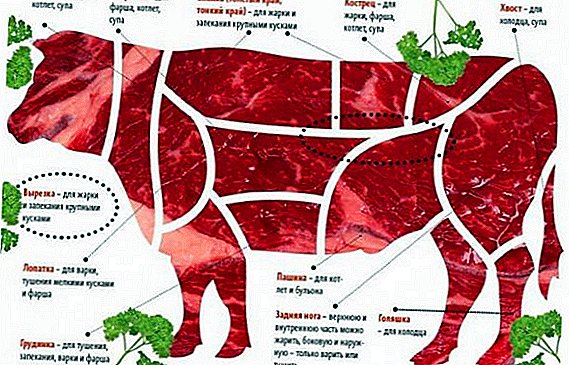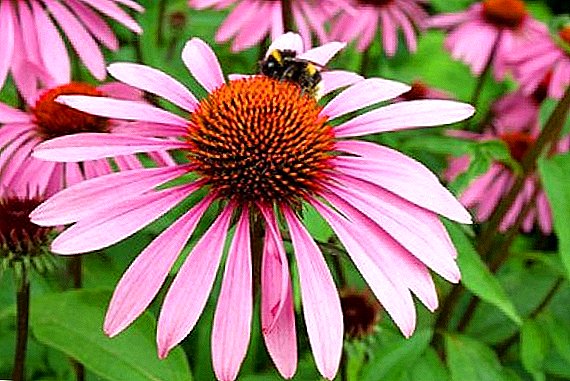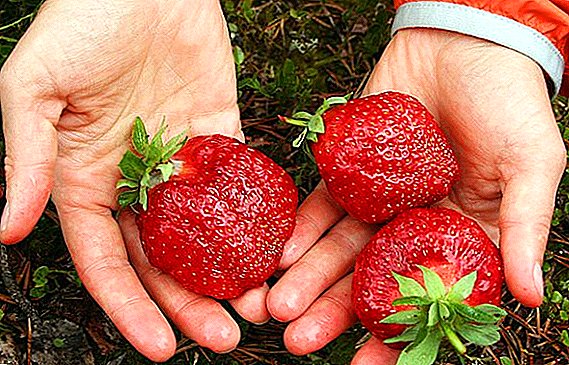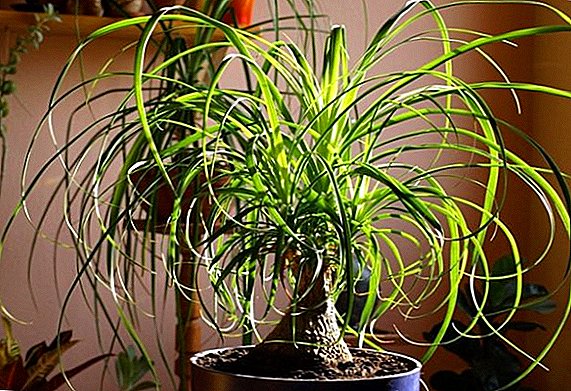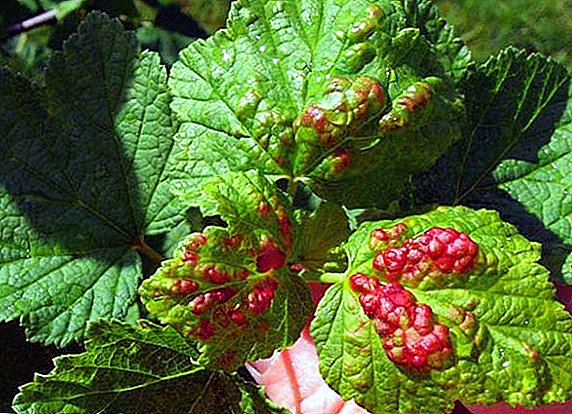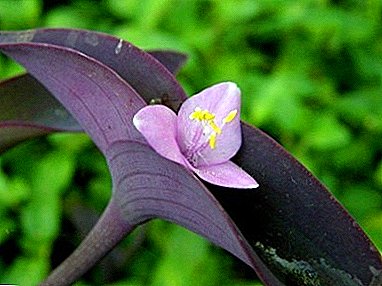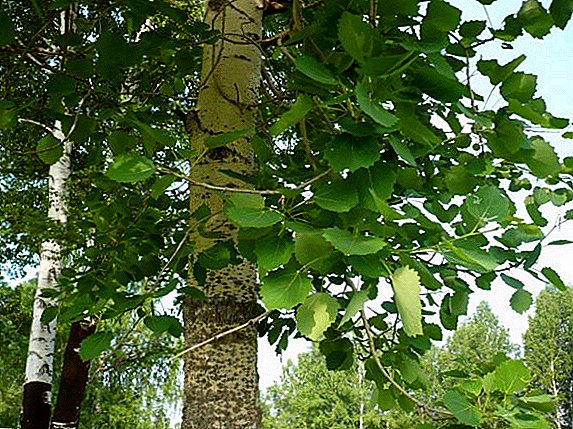 Aspen became the heroine of many fairy tales, legends and other types of folklore. You probably agree that no wonder. On the one hand, she deserved such recognition because of her incredible beauty and benefits to humans. On the other hand, this plant was treated so respectfully because of superstition and fear, knowing that the “aspen stake” could overcome even evil spirits. Modern people do not believe so much in hell and witches, but aspen has not lost its respect. In this article we will talk in detail about the medicinal properties of aspen, its use in different formulations and, of course, contraindications for use.
Aspen became the heroine of many fairy tales, legends and other types of folklore. You probably agree that no wonder. On the one hand, she deserved such recognition because of her incredible beauty and benefits to humans. On the other hand, this plant was treated so respectfully because of superstition and fear, knowing that the “aspen stake” could overcome even evil spirits. Modern people do not believe so much in hell and witches, but aspen has not lost its respect. In this article we will talk in detail about the medicinal properties of aspen, its use in different formulations and, of course, contraindications for use.
Tree description
Common aspen belongs to the genus Poplar. This is a species of deciduous trees, whose natural habitat is the latitudes of the temperate and cold climate of Europe and Asia. It is found in the countries of America, but very rarely.
Did you know? Aspen is even mentioned in the Bible, which is why the plant was named the "tree of Judah".

The description of aspen is not much different from the characteristics. sets of large European trees. It is very tall, has sprawling knotty branches, a lush and thick green crown, huge roots that go deep into the ground. The tree is able to survive any wind, flood or wildfire. It is also often found in the landscape zone, and the phrase "poplar fluff" evokes a sensation of romance, spring and warmth in many. In the forest, aspen bark always has some damage, this is due to the fact that it is very fond of hares and other forest animals. Poplar wood is perfectly preserved in the aquatic environment, therefore earlier baths and wells were often made from this plant.
Biological characteristic
Biologically, this is heterosexual plant. Its stem is columnar in shape in diameter up to 1 meter, and the height of the tree can be up to 35 meters. Scientists say that poplar is growing very quickly, so it is beneficial to use it for planting large areas. Aspen is able to live to 120 years. The roots tend to grow strongly and actively form offspring, respectively, the reproduction of the tree occurs fairly quickly. The cover of the bark has a gray-green color, it is usually smooth and firm. Wood itself has a light shade.
In addition to aspen with opposite-sex plants, there are also: laurel, lemongrass, sea buckthorn, asparagus and pistachio, in which male and female flowers are on different individuals.

Foliage alternately located on the branches. The sheets themselves are large, reaching a length of 7 centimeters. Depending on the variety, they can be round or rhombic. In autumn, the foliage acquires a golden-red hue, so the look of the poplar at this time is especially beautiful.
Aspen flowers are very distinguished by their shape - they collected in earrings. In the male plant they are reddish, and in the female - greenish. Poplar blooms before the leaves bloom, around mid-April, and produces fruit. The last incredibly small boxes of seeds, and from the seeds there appears such a legendary down.
Chemical composition
The tree is very well known, that is why chemical science has not deprived it of attention. Research has shown that Poplar composition is not poor in rare substances. Aspen bark contains tannins, glycosides, pectin, sterols, legnans, iron, zinc, potassium, cobalt, molybdenum, salicin, halfline, malic and ascorbic acid and other useful elements. 
In the foliage of poplar were found carbohydrates of different groups, B-carotene, anthocyanins, glycosides, tannins, ascorbic acid. The tree has an unusual composition of the juice: vitamins of different groups, carbohydrate and glucose.
In the poplar buds there are various enzymatic substances, essential oils (valuable for cosmetology), resins, wax and triglycerides.
Basic healing properties
Due to the rich composition of aspen, she It has many cured properties. For example, wood is a good antiseptic. Our ancestors argued that his foliage can be applied to the wound as a plantain, and the effect of this will be no worse. It is not a secret for anyone that with the help of aspen healing abilities one can relieve the inflammatory process, lower the body temperature, stop severe bleeding. Poplar can relieve pain during chronic padagre, relieve swelling and speed up the excretion of harmful substances to the body. Aspen is said to be a male tree. They believe that it gives a strong sex masculine strength and energy, prolongs life. 
In the old days, and even now in the villages, people of the "old school" when saucing cabbage, put aspen twigs or logs in a barrel in order to destroy harmful microbes and enrich the product with additional minerals. Experienced housewives say that the food is even tastier.
Did you know? Topol gave humanity the world's first aspirin.Particularly effective are the collections of buds and aspen leaves. It has been scientifically proven that they are well used in diabetes mellitus, pneumonia, tuberculosis, acute viral infections, problems with the secretion of bile, and worms.
Healing properties of the bark
The bark of this tree is a godsend for medicine. It has a lot of benefits, but in some cases it can also cause some harm. Aspen bark in the form of tincture, is used for tooth diseases as a mouthwash, helping to relieve inflammation of the gums and get rid of painful pains. If you have problems associated with increased anxiety, nervousness, insomnia, you can try to cook a decoction. It also helps to normalize blood sugar levels. A unique effect will give an ointment or balsam of poplar bark. It is used in skin diseases: herpes, dermatitis, acne, eczema.
Plants such as raspberry, sunberry, ivy buddha, dogwood, sweetie, golden root, comfrey, lavender, anise lofant, dodder, honeysuckle, kalanchoe, bilberry, celery, basil, catnip, cowberry, magonium padubolist and laconica, also aspen , help fight skin diseases.

Despite the impressive list of what helps aspen bark, it can adversely affect your health. This specific ingredient of drugs, as a result of its use with some incompatible substances, can cause poisoning, allergies and even suffocation. That is why you need to consult a doctor before using any recipes of traditional medicine.
Important! To avoid the negative consequences of using poplar bark, it is necessary to abandon spicy, spicy food, as well as animal products.Experts say that you can drink decoctions or tinctures from aspen bark for no more than 3 weeks, otherwise you risk disrupting the normal metabolism, causing gastritis or an ulcer, since such drugs contain a lot of acids.

Use in traditional medicine
In folk medicine, there are thousands of recipes using respected aspen tree. Consider the main ones.
Broth Recipes
The easiest medicine to prepare is decoction based on aspen bark. This is a very popular tool, especially since it is used in the undescribed ingredient and helps to maximize its openness beneficial features:
- A decoction of bark, for use in padagre, inflamed boils and cystitis, can be done in one day. To do this, you will need chopped bark of poplar, which can be harvested in advance at home or purchased at a pharmacy. If this ingredient you collected yourself, then fill it with clean running water in a ratio of 1: 4, boil for 30 minutes and let stand for several hours. In the case of the use of pharmaceuticals, the bark is brewed as tea, allowed to stand for 5 minutes, and the finished medicine is drunk a third cup 2-3 times a day before meals.

- A decoction based on bark and leaves will be good for the treatment of diseases of the joints. To prepare it, you need to take the crushed ingredients, pour cold water and put on a slow fire. So boiling it for 10 minutes, the tool can be used. Take 40 grams once a day. The course of treatment is up to 5 months, but every two weeks you need to take breaks, allowing the body to "rest" one week.
Important! Broth bitter taste, but add sugar or honey is not recommended.
Bark infusion
Bark infusion on the water will help from adenoma. Take fresh poplar bark and cover it with cold water in a glass container, in the ratio 1: 3. Let stand 12 hours. Take early in the morning 30 minutes before meals, 150 grams per day. 
Aspen Kvass
Kvass - everyone's favorite drink, and aspen is also a healing drink - it helps to cure diabetes. The recipe is this: a jar of 3 liters, half filled with fine poplar bark, covered with 1 cup of sugar, add 1 teaspoon of fresh sour cream (preferably homemade). The container is placed in a warm place and let it wander for 2 weeks. You can drink kvass in large quantities - 3 cups per day. The recipe is still good because within 3 months, pouring a can of kvass from a can, you can add the same amount of water with 1 teaspoon of sugar, after a couple of hours the taste will be the same. Thus, it turns out quite a large amount of drink, which is enough for the whole family. 
Alcohol tinctures
Alcohol tincture He has been treating arthritis and arthrosis from the bark of the poplar for several centuries. Adults still treat her cold, and also used as an antiseptic. To make it, fill the chopped bark with vodka in a ratio of one to one. Ready mixture to stand in a cold dark place for a week or two. You need to drink it strictly according to the recipe: 3 times a day, 20 grams. As such, aspen bark has incredibly healing properties. True, there are contraindications for people who have been diagnosed with alcohol intolerance. 
Recipe against worms
Poplar bark has become one of the oldest substances that are used to get rid of parasitic organisms in humans and animals. It is proved that it helps from hepatic flukes and Giardia.
Did you know? Today, on the basis of aspen bark, industrial production of anthelmintic drugs has been launched.It is possible to prepare a cure for worms at home. To do this, take 50 grams of powder from the bark, fill it with 0.5 liters of water, boil on the fire for 15 minutes, let cool and stand for 3-5 hours. Take a decoction for 2-3 weeks, one sip 5 times a day. Repeated treatment can be a month.
Aspen bud infusions
Infusions of aspen buds are a miracle cure for diseases of the musculoskeletal system. 30 grams of the product is poured 0.5 liters of hot water, allowed to stand for a day. Use 3 times a day, before meals, one tablespoon. The course of treatment does not exceed three weeks.
Contraindications
Poplar-based drugs are strictly prohibited:
- pregnant women;
- lactating mothers;
- children under 15;
- allergy sufferers;
- people who have digestive problems.




